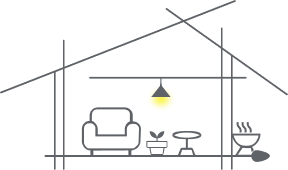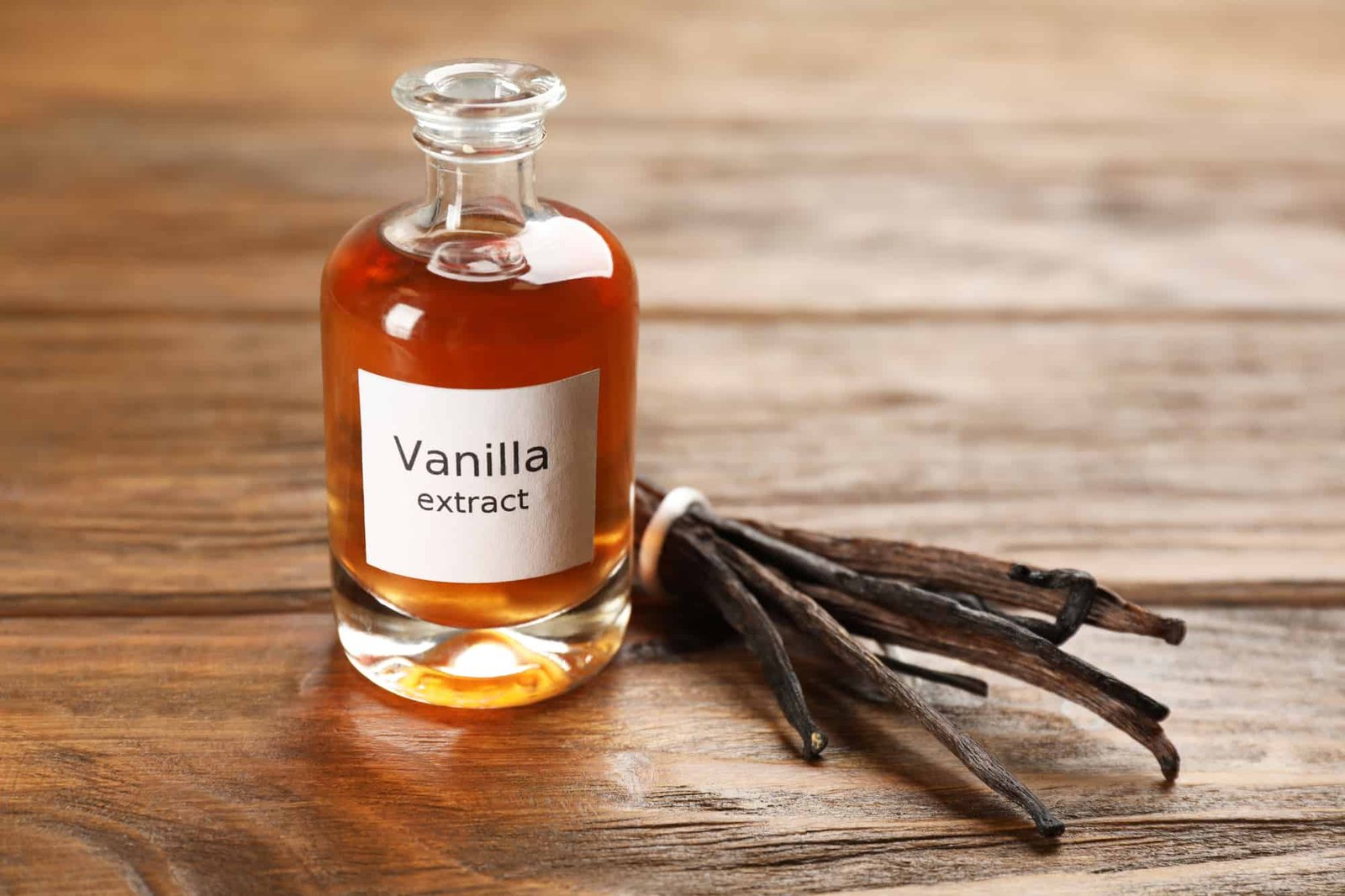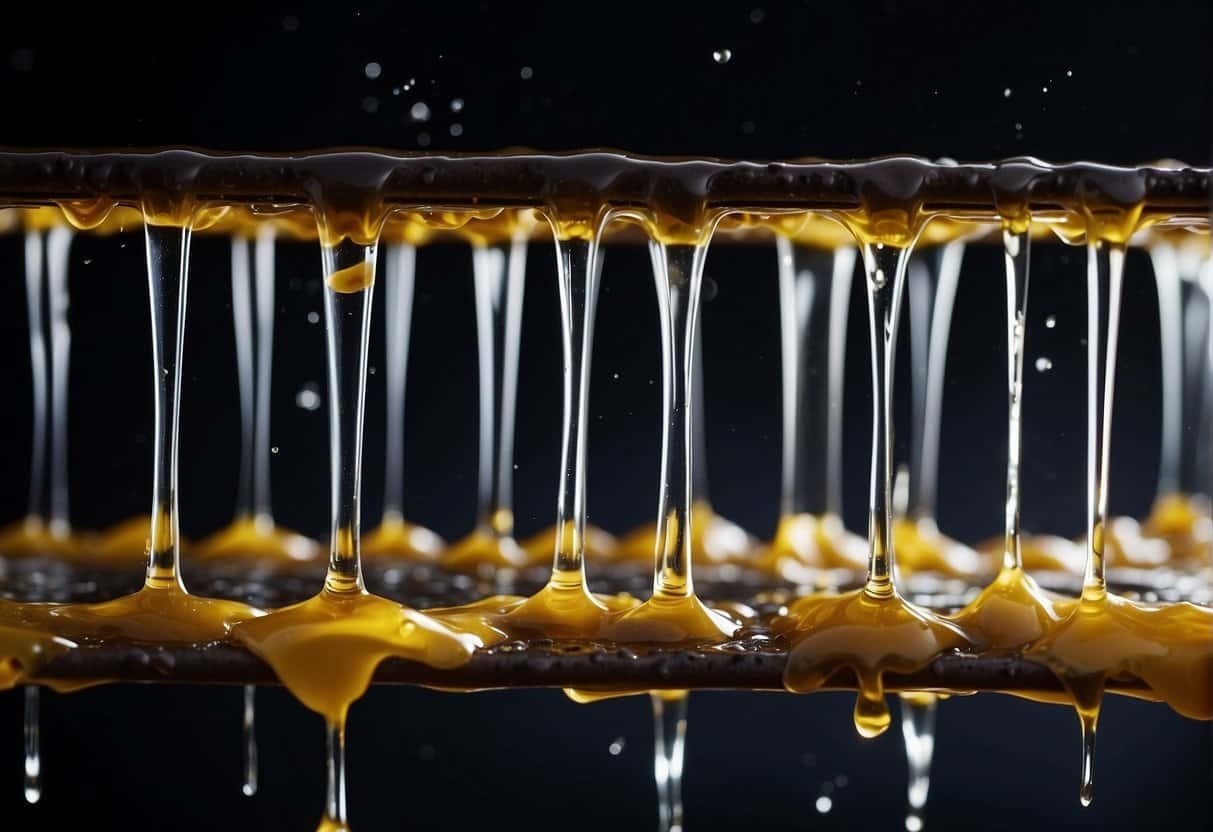Table of Contents
Peat, an organic material comprised largely of decomposed plant matter, exhibits a surprisingly varied palette. I’ve learned that its color is not just a simple shade but ranges across a spectrum, influenced by factors such as the types of plant material present and the stage of decay.
Typically, peat’s color can span from a dark, rich black to varying shades of brown, and even to a yellowish tint in some instances. The specific color of peat often provides clues about its composition and properties, and these hues are a direct result of the environmental conditions under which the peat formed.
The colors of peat can tell me a lot about where it comes from and what it might be best used for.
Darker peat, often black or reddish-brown, is usually older and has a higher degree of decomposition. This type of peat is mainly found in the deepest layers of peatlands and has a significant role in carbon storage.
On the other hand, lighter-colored peat, such as yellow or lighter brown, tends to be younger and less decomposed, indicating different characteristics of the peatland ecosystem.

In horticultural practices, understanding peat color is essential because it influences its usage.
Lighter peat often has better air and water retention properties, which makes it an excellent growing medium for plants. Meanwhile, darker peats are more commonly used in fuel production due to their higher carbon content.
The Color Spectrum of Peat
Peat colors encompass a wide spectrum, typically exhibiting earthy hues. Though one might assume peat is a single color, it actually includes an array of shades ranging from dark browns to lighter tones.
Shades of Peat:
- The darkest peat hues verge on black, offering a deep, rich quality.
- Browns in peat can appear with reddish or yellowish undertones.
- Lighter shades tend to a muted, gray-infused brown, similar to wet earth or soil.
When talking specifics, the RGB color model proves useful in breaking down peat colors into their red, green, and blue components.
For instance, the official register of color names includes a peat color with an RGB value of (113, 107, 86) which translates into a dim, muted brown.
This RGB model facilitates precise color representation on digital screens, allowing me to communicate exact hues.
In terms of print, the CMYK color model is integral.
A typical peat color like the one mentioned above might have an approximate CMYK composition of 0%, 12%, 3%, and 21%. This representation is essential for producing accurate coloration in various mediums.
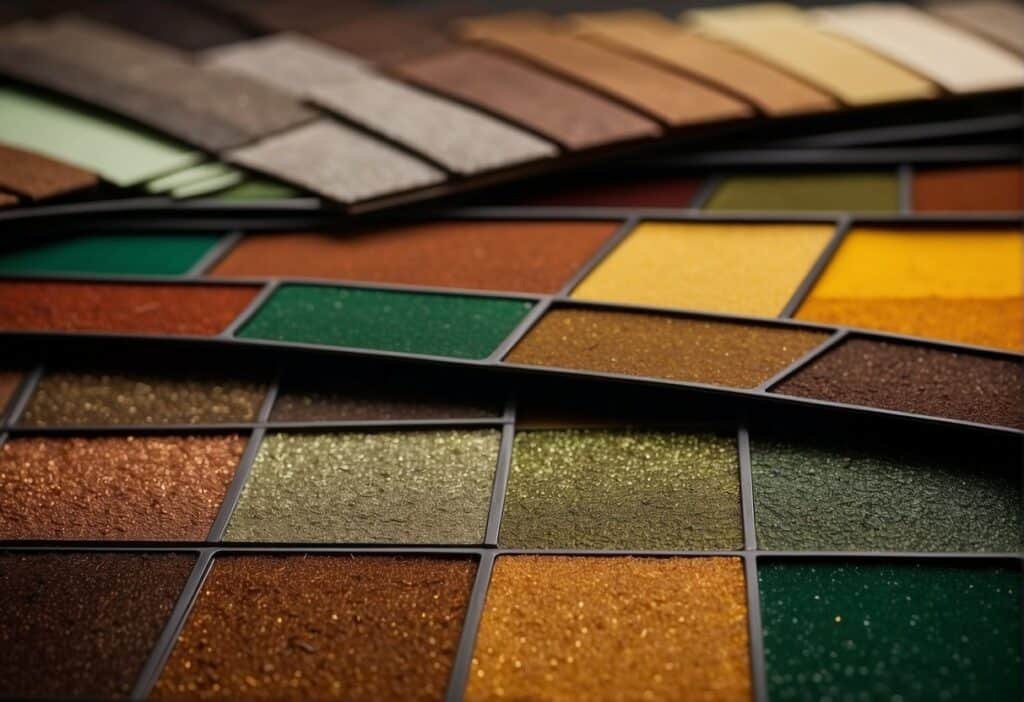
Hues and Saturation:
- HSL (Hue, Saturation, Lightness) and HSLA (Alpha for opacity) color models provide a different perspective. These can articulate a peat color’s saturation and lightness, bringing nuance to its appearance.
- For instance, the peat color might have an HSL value along the lines of (45°, 13%, 39%), indicating its place within the color wheel.
Color Matching with Peat
When I consider peat as a color in design, I recognize its earthy tone, represented by the hexadecimal code #766d52. This shade is versatile and can be matched in various ways to create aesthetically pleasing color schemes.
Complementary Colors for Peat
To find the complement of peat, I look for colors directly opposite it on the color wheel.
The complementary color for peat (#766d52) creates a striking contrast and is often a shade of blue-grey. Here are the RGB and RGBA values for these complementary colors:
- Complementary Color (Approximate): rgb(82, 91, 118) or rgba(82, 91, 118, alpha)
It’s important to conduct a contrast check before finalizing the design to ensure readability and visual comfort.
Creating Color Palettes with Peat
Designing a color palette with peat as the base is an enjoyable task because of its neutral yet rich quality. Here’s how I approach it:
- Monochromatic Color Tones: I like to use different shades of peat to create a harmonious and sophisticated palette. These color shades vary in lightness and saturation but maintain the same hue.
- Split-Complementary Scheme: For more lively palettes, I pair peat with colors adjacent to its complement, which could include soft blues and pale purples for a gentle yet dynamic effect.
- Neutral Scheme: Pairing peat with other neutral tones like beiges and greys can result in an understated, professional look suitable for a variety of applications.
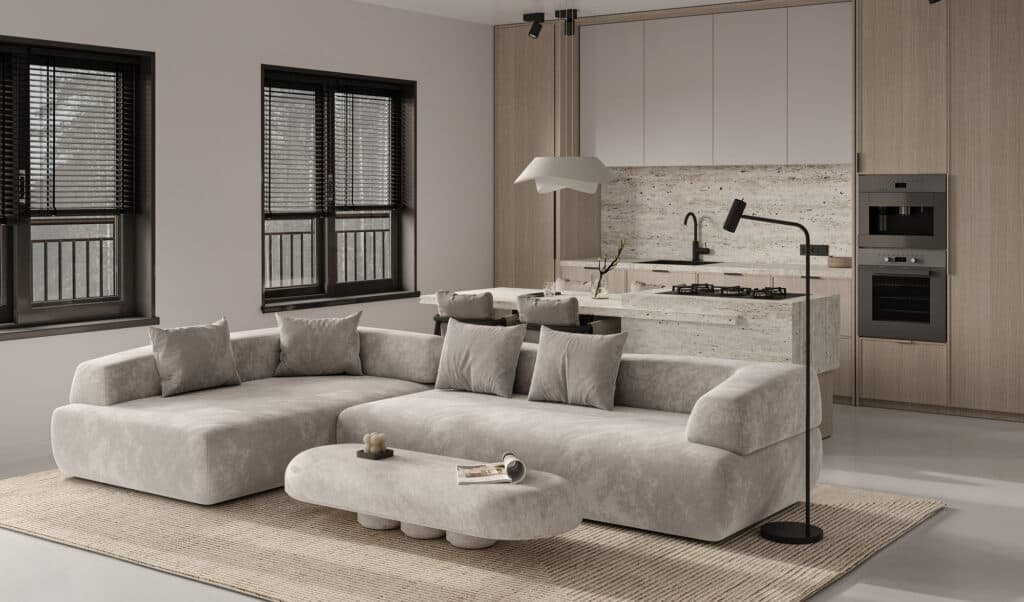
Regardless of the scheme, blending colors properly is crucial. Using a color blend tool can help to ensure that the transition between peat and its accompanying colors is seamless.
Peat in Design and Art
In my artistic endeavors, I’ve found the color peat, a deep, earthy tone, to be profoundly versatile and imbued with natural warmth.
Its hexadecimal code, #716B56, speaks to a balanced mix of red, green, and blue principles in digital design, allowing it to serve as an understated yet anchoring presence in a palette.
I frequently incorporate the Pantone color of peat, which is recognized as 19-0508 TPX. This particular shade provides a robust foundation, influencing design elements with its grounding effect, much like the soil it represents.
It is especially favored in designs aiming to evoke an organic and serene atmosphere.
When I employ peat in CSS coding, I define it as background-color: #716B56; to set the tone for web design projects.
The color preview of peat on a digital canvas showcases its adaptability—it complements a wide array of designs, from minimalistic layouts to more complex and textured artistic compositions.
| Color Model | Peat Representation |
|---|---|
| HEX | #716B56 |
| RGB | rgb(113, 107, 86) |
| Pantone | 19-0508 TPX |
Artistically, peat is not only used to provide depth and stability but also to convey a sense of calmness and reliability.
Its utilization ranges from background hues in paintings to the textile industry where it contributes rich, warm undertones in fabric designs, and even into the domain of product packaging where it denotes organic and eco-friendly qualities.
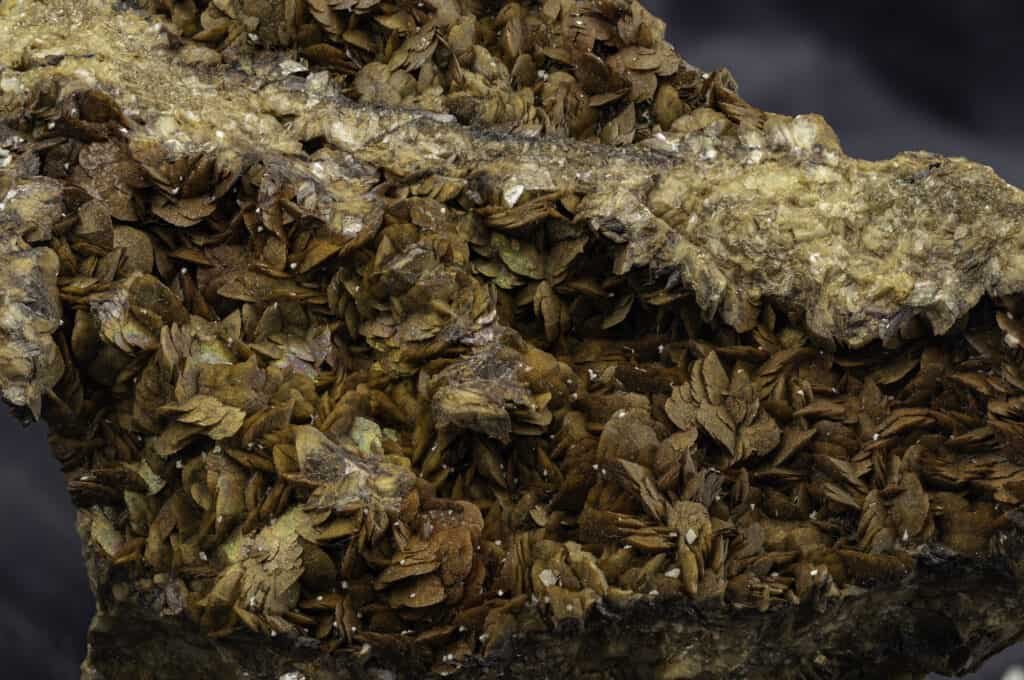
Peat in Digital Media
In digital design, representing natural elements accurately is crucial. When I work on projects that involve depicting earthy tones, such as peat, I focus on its unique color characteristics.
Peat’s color is often represented in hexadecimal format in web design for precision. For instance, one common hexadecimal color for peat is #716B56. This code ensures that anyone who uses it in their digital media will reproduce the exact shade.
/* CSS Code for Peat */
.element {
background-color: #716B56;
}
When adjusting the transparency of this color, I work with the RGBA format—which stands for red, green, blue, and alpha (opacity).
For example, the RGBA for peat with 50% opacity would be rgba(113, 107, 86, 0.5). This enables me to apply the color with a certain level of transparency, which can be quite useful for overlay effects.
To incorporate the peat color into stylesheets, I use the CSS code snippet above. This ensures consistency across different media and devices.
| Format | Code |
|---|---|
| Hex | #716B56 |
| RGBA | rgba(113, 107, 86, 1) |
| CSS Code | .element {background-color: #716B56;} |
I maintain a clear distinction between peat and other earth tones by referencing these codes. The hexadecimal and RGBA formats serve as my reliable tools for a consistent visual language in digital media.
Peat in Clothing
In the world of fashion, peat is a term used to describe a color that captures the essence of the natural earth.
I understand this color to have a brownish-green hue, often resembling the color of peat moss found in bogs. It’s a versatile color that embodies a sense of ruggedness and connection to the outdoors, and it is particularly popular in durable workwear and outdoor clothing.
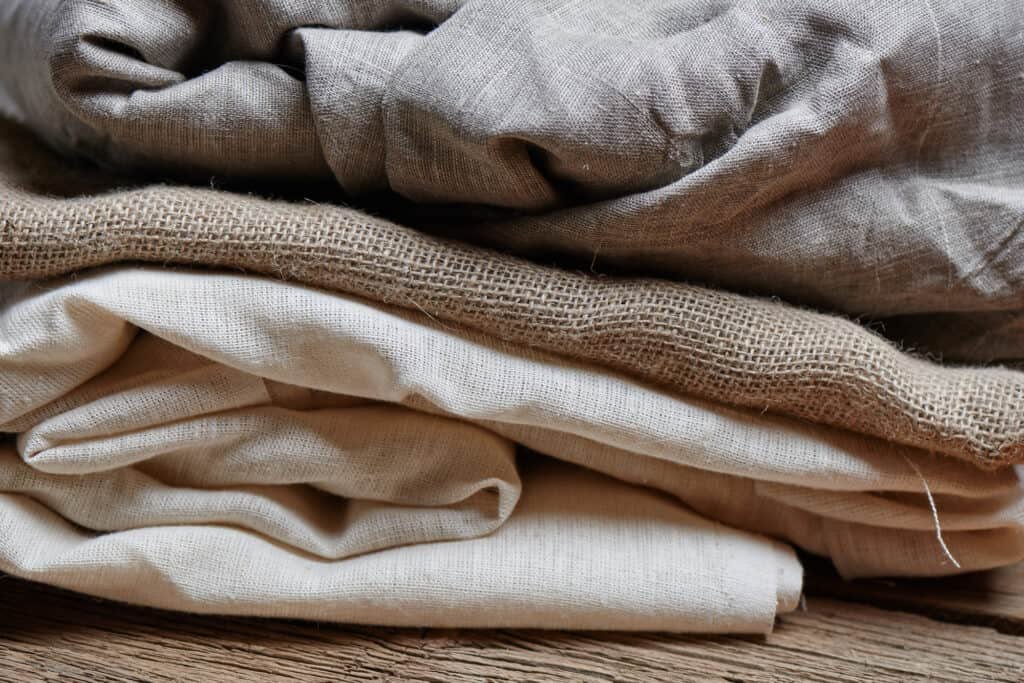
Characteristics of Peat Color in Clothing:
- Hue: Brownish-green
- Inspiration: Natural earth and peat moss
- Associations: Ruggedness, nature, outdoors
When I consider the color peat in clothing, I envision it complementing an autumn palette or serving as a grounding neutral in a winter ensemble.
Peat-colored clothing items are not just about aesthetics; they also often signify durability and functionality.
Brands like Carhartt capitalize on this color’s natural and earthy tone to signify sturdiness in their apparel, making it an ideal choice for work clothing or gear meant for use in challenging environments.
In fabric composition, peat could include different shades and tones, and its appearance might alter slightly depending on the material.
It could appear slightly grayish, brownish, or resemble light khaki. This variability ensures that peat-colored clothing can adapt to various styles and preferences, blending seamlessly with other colors in one’s wardrobe.
Manufacturers have also recognized the practical and aesthetic value of peat.
The use of peat fibers in textiles signifies an innovation in the industry, combining the sustainability of natural fibers with the deep, rich color that comes straight from the earth.
Peat in Nature
In my observations of peat’s presence in nature, I find its color varies significantly due to several factors.
Primarily, peat is an accumulation of partially decayed vegetation or organic matter. Its hues can range from black, brown, to reddish-brown, and on rarer occasions, yellow.
The variation largely depends on the decomposition stage and the types of vegetation contributing to the peat matter.
Typically, peatlands, moors, and bogs are the natural settings where peat is found. The wet, acidic, and oxygen-poor conditions of these environments foster the slow decomposition of plant material, primarily sphagnum mosses.
This process forms layers of peat over thousands of years.
The color of peat can be an indicator of its stage in the peatification process. Here’s how the colors match up with their characteristics:
- Black peat: Found deeper in the peat bogs, suggesting a highly decomposed state.
- Reddish-brown peat: Often indicates a moderate level of decomposition.
- Light brown to yellow peat: Tends to be less decomposed and often contains more intact plant material.
Through my studies, I understand that these colors also reflect the varying uses of peat.
For instance, darker peat is more commonly used in horticulture and as fuel, due to its higher level of decay and thus greater concentration of carbon.
I want to emphasize that while peat plays a valuable role in nature, including as a carbon sink, it’s important to approach peatlands with conservation in mind.
Their ecological value, particularly in carbon storage and biodiversity, is substantial.
